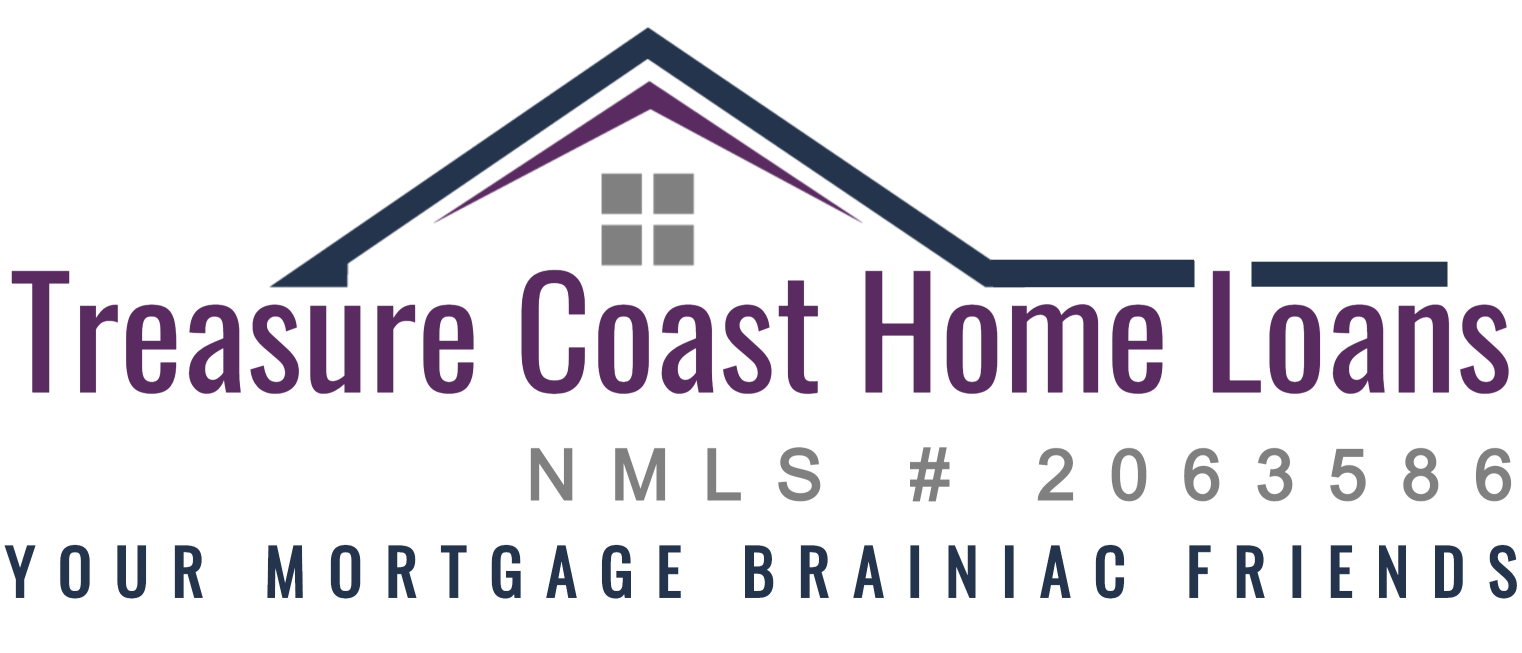The Real Truth About Mortgage Rates: What Companies Don’t Tell You About Saving Thousands on Your Home Loan
You’ve probably seen the headlines: “Mortgage rates drop!” or “Rates hit new high!” You rush to your favorite mortgage website, see an attractive number, and start calculating your dream home payment. But here’s what most homebuyers and homeowners don’t realize until they’re deep in the loan process: that advertised rate might have absolutely nothing to do with the rate you’ll actually receive.
If you’ve ever felt confused, frustrated, or even misled by mortgage rate advertising, you’re not alone. The truth is, mortgage rates are far more personalized than most people understand—and that’s actually good news. Because once you understand how rates really work, you can use specific strategies to save thousands of dollars over the life of your loan.

Why the Rate You See Online Isn’t Your Rate
Let’s start with a reality check. Those rates splashed across websites, news articles, and mortgage advertisements? They’re based on what industry insiders call a “perfect scenario borrower”—someone who basically doesn’t exist in real life.
These advertised rates typically assume:
• A credit score of 740 or higher
• A 20% down payment (or 20% equity for refinances)
• A single-family primary residence
• A conventional loan with full income documentation
• Specific loan amounts in ideal ranges
• No additional risk factors
If any aspect of your financial situation differs from this profile, your actual rate will be different. And here’s what most people don’t realize: different doesn’t automatically mean worse. It simply means your rate is customized to your unique situation.
The Six Major Factors That Determine Your Actual Mortgage Rate
Understanding what influences your mortgage rate is the first step toward controlling it. Let’s break down the factors that matter most:
1. Your Credit Score: The Power Player
Your credit score isn’t just a number—it’s potentially worth tens of thousands of dollars in savings. Here’s the reality: a borrower with a 760 credit score might receive a rate that’s significantly lower than someone with a 640 score on the same loan—sometimes by half a percentage point or more.
On a $400,000 mortgage, that seemingly small percentage difference translates to $200 to $400+ in monthly savings and $72,000 to $144,000+ over a 30-year loan. That’s why experienced mortgage brokers often advise clients to spend a few months improving their credit scores before applying—the payoff is enormous.
Strategy: If your credit score is below 740, ask your mortgage broker for a credit optimization plan. Sometimes simple actions like paying down specific credit cards or disputing errors can boost your score significantly in 30-60 days.
2. Your Down Payment: More Than Just Upfront Cash
The amount you put down doesn’t just affect your loan amount—it directly impacts your interest rate. Lenders view larger down payments as lower risk, and they reward that reduced risk with better rates.
Typical down payment tiers that trigger rate improvements:
• 3% to 5% down: Base rates
• 10% down: Rate improvement
• 15% down: Additional rate improvement
• 20% down: Best conventional rates (plus you avoid PMI)
• 25%+ down: Premium rates on some loan programs
Strategy: If you’re between down payment tiers (say, you have 18% saved), it might be worth waiting a few more months to hit that 20% threshold. The rate improvement and elimination of private mortgage insurance could save you significantly more than the rent you’d pay while saving.
3. Loan Type: Each Program Has Its Own Pricing
Conventional, FHA, VA, USDA, jumbo—each loan type comes with its own rate structure. Conventional loans typically offer the best rates for borrowers with strong credit and solid down payments. FHA loans might have competitive rates even with lower credit scores but include mortgage insurance premiums. VA loans offer exceptional rates for eligible veterans and service members.
Strategy: Don’t assume you know which loan type is best. An experienced mortgage broker can run scenarios across multiple loan types to find the one that gives you the best overall deal—not just the lowest rate, but the best combination of rate, fees, and monthly payment.
4. Property Type: Not All Homes Are Equal in a Lender’s Eyes
Investment properties carry higher rates than primary residences—sometimes significantly higher. Second homes fall somewhere in between. Multi-unit properties (duplexes, triplexes, fourplexes) also typically have higher rates than single-family homes. Condos might have slightly higher rates than houses in some scenarios.
Why? Risk. Lenders know that when financial hardship hits, people prioritize their primary residence. They’ll keep making payments on the home where they live before an investment property.
Strategy: Be honest about your occupancy intentions. Misrepresenting occupancy is mortgage fraud, carries serious penalties, and isn’t worth the risk. Instead, work with your broker to find the best rate for your actual situation.
5. Income Documentation: Full Doc vs. Alternative Verification
Traditional W-2 employees with straightforward income typically qualify for the best rates. Self-employed borrowers, freelancers, or those with complex income structures might face slightly higher rates or need specialized loan programs.
Bank statement loans, asset depletion loans, and other alternative documentation programs exist specifically for borrowers with non-traditional income—but they often come with rate premiums above conventional rates.
Strategy: If you’re self-employed or have variable income, work with your mortgage broker well before you start house hunting. They can review your income documentation and might find ways to structure your application to qualify for better rate conventional programs.
6. Location and Loan Amount: Geography Matters
Some states have higher lending costs due to local regulations or market conditions. Loan amounts also matter—very small loans (under $150,000) and jumbo loans (above conforming limits) often carry rate adjustments.
The Rate Lock Strategy Most People Miss: Timing Is Money
Here’s an insider secret that can save you hundreds or even thousands of dollars: the length of your rate lock period directly affects your interest rate.
When you lock your rate, you’re paying for insurance against rate increases during your loan process. The longer the lock period, the more expensive that insurance becomes. A 45-day rate lock might cost noticeably more than a 15-day lock.
On a $400,000 loan, that difference can equal significant monthly savings and tens of thousands of dollars over 30 years. That’s real money you’re leaving on the table if you don’t need the longer lock period.
The Smart Strategy: Work with your mortgage broker to understand your realistic closing timeline. If you’re 11 days from closing and confident about your timeline, lock for 15 days instead of the standard 45. The rate improvement is automatic and immediate.
Most borrowers don’t know this option exists because lenders don’t advertise it—they’d rather you pay for the longer, more expensive lock as insurance for their timeline uncertainties. A broker working in your best interest will proactively discuss lock timing strategy.
Important caveat: This strategy requires confidence in your closing timeline. If you’re not sure about your timeline, discuss the risks with your broker. A failed lock that requires re-locking at higher rates could cost more than the savings from a shorter lock period.
How to Improve Your Rate: Actionable Steps
Understanding what affects your rate is powerful, but what can you actually do about it? Here are proven strategies:
Before You Apply:
• Check your credit reports for errors and dispute any inaccuracies
• Pay down credit card balances to below 30% of limits (below 10% is even better)
• Avoid opening new credit accounts or making large purchases
• Save for a larger down payment if you’re close to a threshold tier
• Gather your financial documents early to identify any income documentation issues
During Your Application:
• Be completely transparent about your financial situation
• Ask your broker to run multiple scenarios (different down payments, loan types, property types)
• Inquire about discount points—paying points upfront can lower your rate if you plan to keep the loan long-term
• Understand the breakeven point on any points you’re considering
At Rate Lock Time:
• Discuss your realistic closing timeline honestly
• Consider a shorter lock period if your timeline is solid
• Ask about float-down options if rates are volatile
• Understand exactly what you’re locking (rate, points, fees)
Why You Can’t Trust the Headlines
The media reports average rates, which are useful for tracking general trends but meaningless for your specific situation. When a headline announces a rate drop or increase, that might be true for the statistical average borrower, but here’s what it doesn’t tell you:
• What credit score qualifies for that rate?
• What down payment is required?
• What type of property and occupancy?
• What fees or points are included?
• What’s the lock period?
Two borrowers could be quoted rates on the same day from the same lender that differ substantially, simply based on their individual factors. The headline rate is a starting point for conversation, not your actual rate.
The Value of Working with a Mortgage Broker Who Has Your Best Interest
Here’s the bottom line: mortgage rates are complex, personalized, and filled with opportunities to save money—if you know where to look. A mortgage broker working in your best interest will:
• Educate you about how rates really work for your situation
• Run multiple scenarios to find your best overall deal
• Discuss rate lock timing strategies proactively
• Explain exactly how each factor affects your rate
• Help you understand whether paying points makes sense
• Be transparent about their compensation and how it affects your rate
• Provide strategies to improve your rate before or during the application
The mortgage industry is filled with conflicting information, hidden costs, and complexity that can cost you thousands if you’re not careful. But armed with knowledge about how rates really work and a trusted mortgage professional who prioritizes your financial wellbeing, you can navigate the process with confidence.
Your Next Steps
Understanding mortgage rates is the first step. The second step is taking action. Whether you’re buying your first home, upgrading to your dream property, or refinancing to save money, start by getting a clear picture of what rate you actually qualify for—not the rate in the headlines, but your personalized rate based on your specific situation.
Schedule a consultation with a mortgage broker who takes time to explain how these factors affect your unique scenario. Ask questions. Request multiple scenarios. Discuss rate lock strategies. And most importantly, make sure you’re working with someone who views their role as your advocate and educator, not just a transaction facilitator.
Your mortgage is likely the largest financial commitment you’ll ever make. Isn’t it worth understanding exactly how it works and where you can save money? The knowledge you’ve gained here is worth thousands—now put it to use and make your mortgage work for you, not against you.
Ready to discover your actual mortgage rate and learn strategies to save thousands? Contact our team for a no-pressure consultation where we’ll explain exactly how rates work for your unique situation and create a personalized strategy to get you the best possible deal. Your financial future is too important to leave to headlines and advertised rates—let’s talk about your real numbers.
Start Your Mortgage Application with Treasure Coast Home Loans
Your Local Mortgage Broker
Mortgage Broker Port St. Lucie, Florida
Learn More About the Mortgage Process.
Check Out Our Google Verified Reviews










